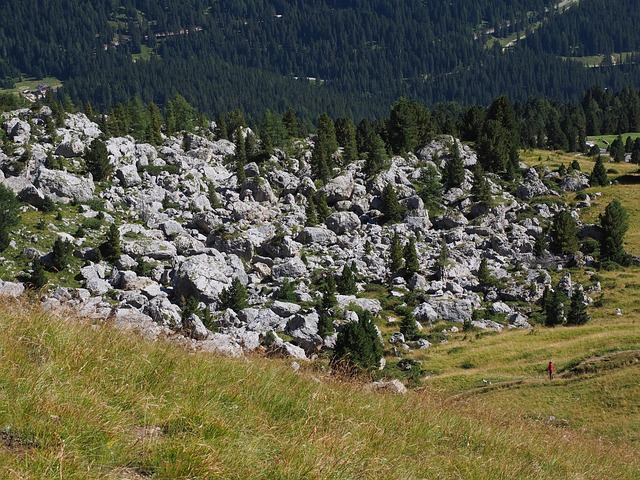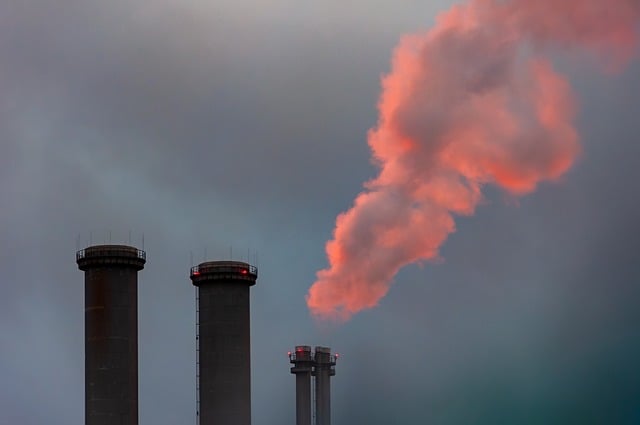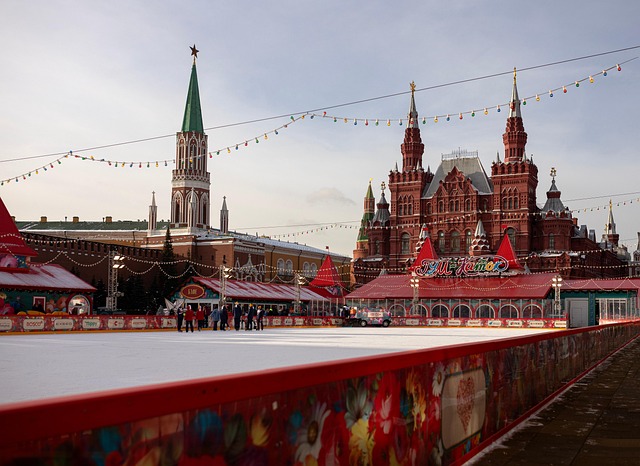
Melting Environment: How Climate Change is Contributing to Increased Rockfalls
Understanding the Link Between Climate Change and Rockfalls
As we navigate the consequences of climate change, one of the lesser-discussed yet significant impacts is the increase in rockfalls. These natural events, often portrayed as sudden and catastrophic, are becoming more prevalent as our environment continues to warm. The melting of glaciers and permafrost is a telling indicator of this dramatic transformation, leaving landscapes vulnerable and unstable.
The Unfolding Crisis
When we think of climate change, we often visualize vanishing polar ice caps or rising sea levels. Yet, a far less visible, yet equally alarming consequence is occurring in mountainous and rocky terrains where our very earth is shifting. The increase in temperatures leads to the gradual thawing of frozen ground, which not only destabilizes rocks and debris but also alters the makeup of the landscape itself.
Environmental Changes at Play
As snow and ice melt, they expose the underlying geology, which can be prone to erosion. With warmer temperatures and more intense weather events, the stability of slopes is compromised. This phenomenon, combined with heavy rainfall and unpredictable storms, heightens the risk of rockfalls. Suddenly, areas once considered safe can become perilous, underscoring the fragile balance of our environment.
Human Impact and Safety Concerns
The reality of increased rockfalls poses not just environmental challenges but also serious safety risks for people living in or around these vulnerable areas. Roads and pathways may become treacherous, leading to accidents and damage to infrastructure. Communities that rely on tourism in mountainous regions face financial implications as hazards make their destinations less accessible or appealing.
Communities in Harm’s Way
Residents of areas prone to rockfalls are feeling the weight of these changes in their day-to-day lives. The fear of the unpredictable can be unsettling, creating a persistent anxiety about potential disasters. It’s a feeling that many can relate to as we all grapple with the tangible consequences of climate change—whether it’s the increased frequency of extreme weather events, noticeable shifts in seasons, or, in this case, the rockfalls that threaten the very ground we stand upon.
A Call to Action
Understanding the link between rocky terrains and climate change pressures us to rethink our relationship with the environment. As such, we must advocate for sustainable practices that mitigate greenhouse gas emissions, focus on restoration projects, and support research into the vulnerabilities of landscapes affected by climate change. By engaging with our environment responsibly, we can contribute to solutions that reduce the impact of these increasingly frequent rockfalls and preserve our natural world for future generations.
As we witness the effects of a melting environment firsthand, it becomes imperative to recognize the interconnectedness of our actions and the health of our planet. The rising occurrence of rockfalls serves as a stark reminder of the urgent need for collective action and environmental stewardship.


